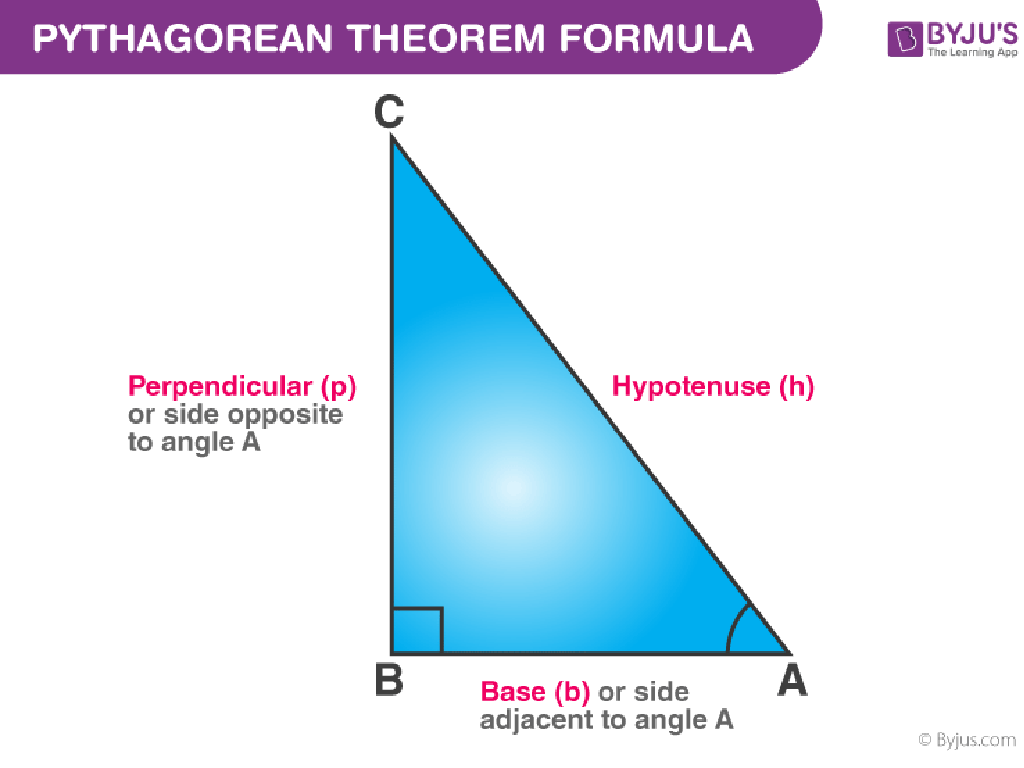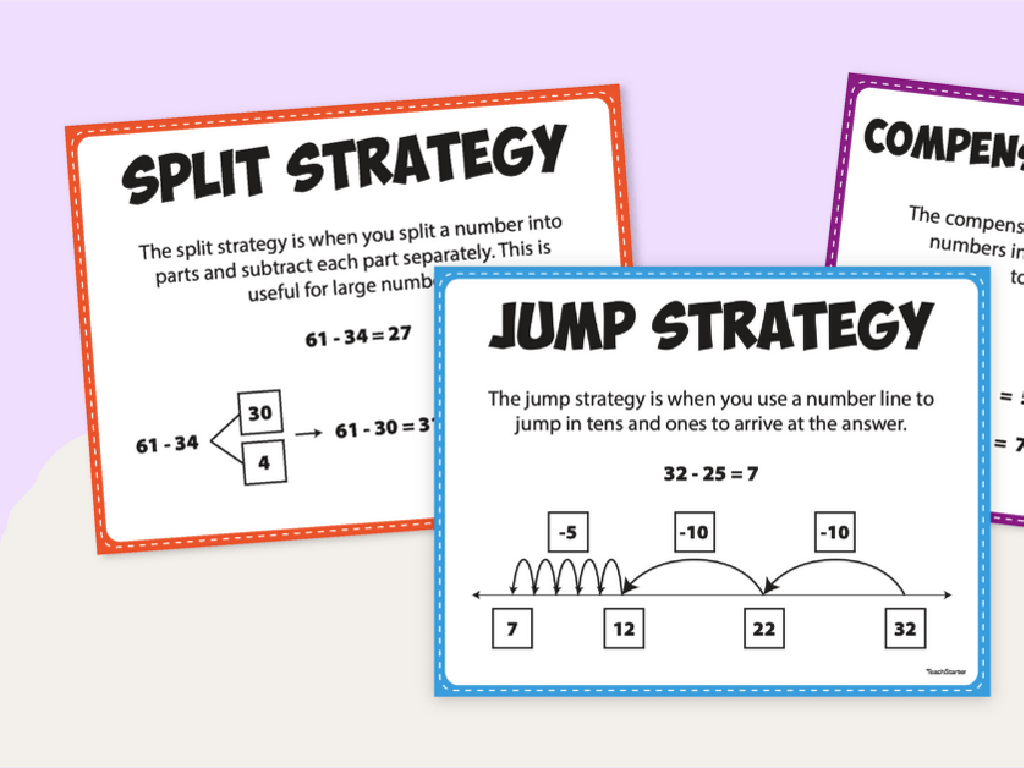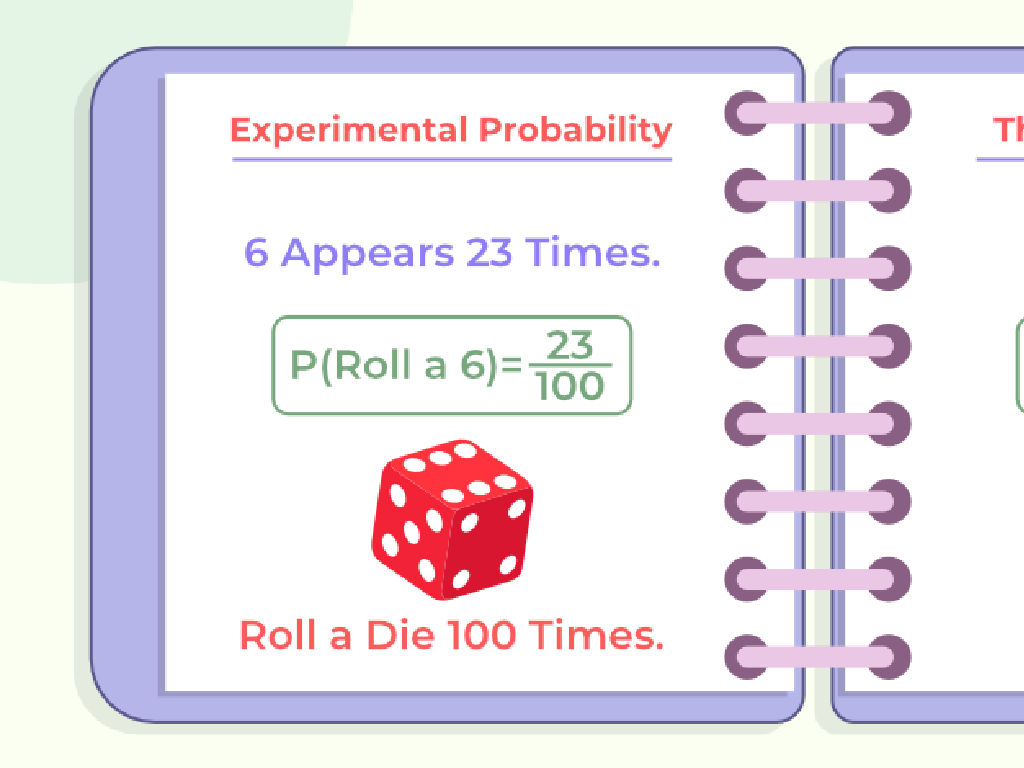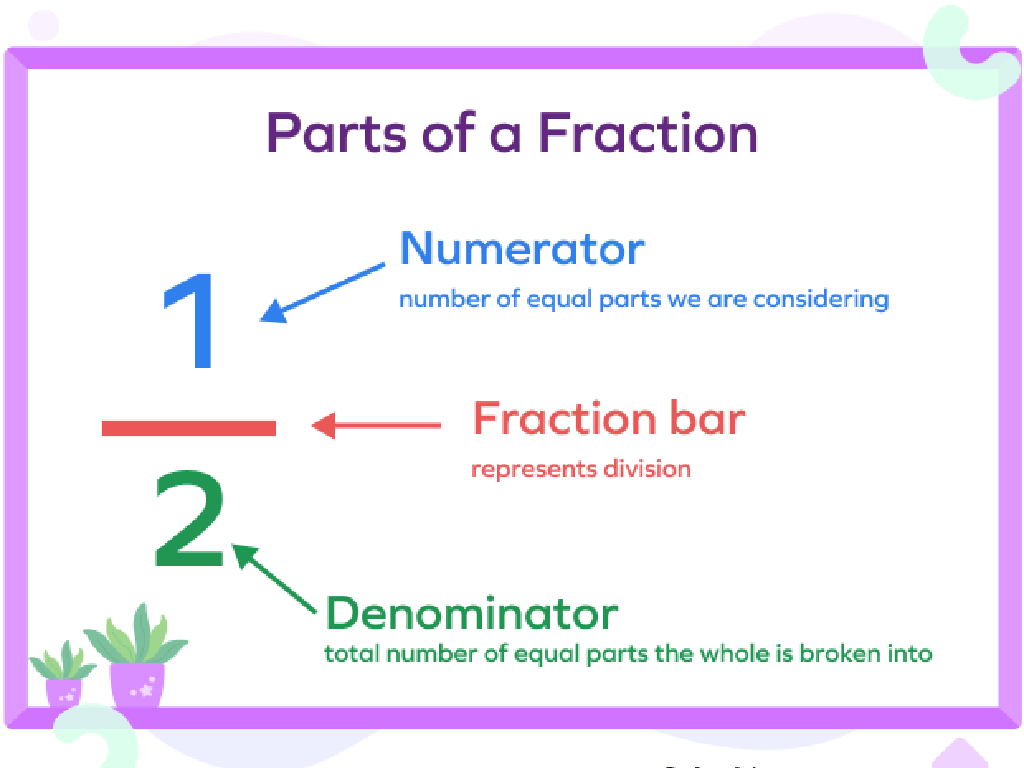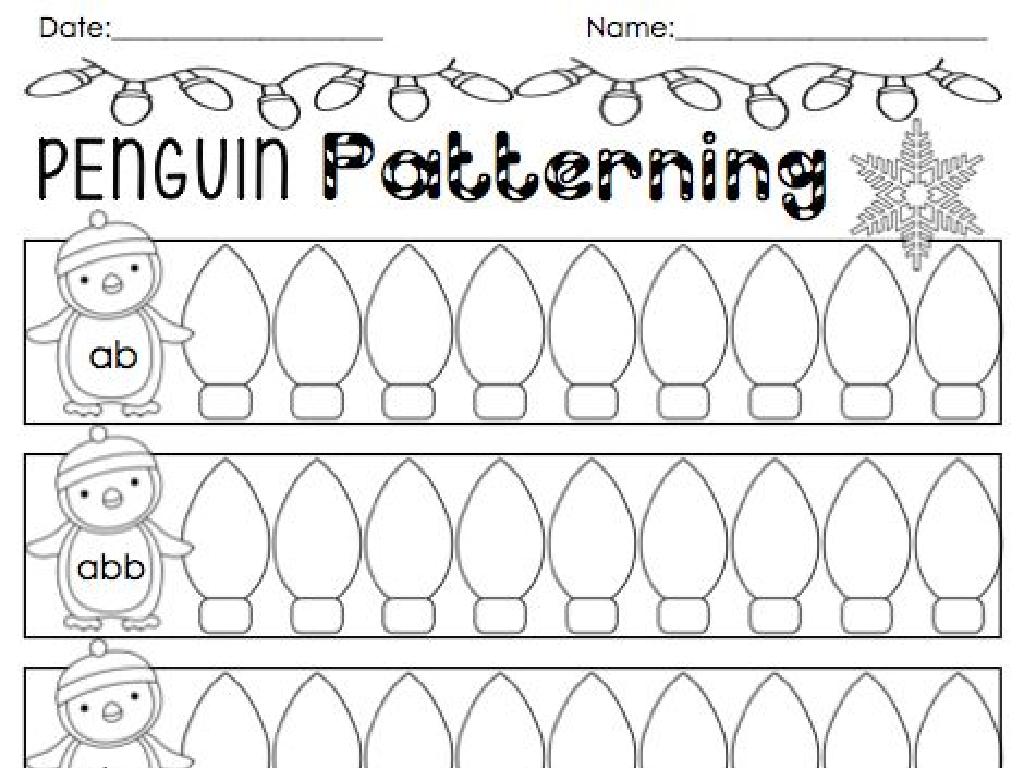Choose The Correct Personal Pronoun
Subject: Language arts
Grade: Third grade
Topic: Pronouns
Please LOG IN to download the presentation. Access is available to registered users only.
View More Content
Introduction to Pronouns
– What are pronouns?
– Words that take the place of nouns
– The role of pronouns
– To avoid repeating nouns and make sentences smoother
– Examples of pronouns
– He, she, it, they, you, we, I
|
This slide introduces the concept of pronouns to third-grade students. Pronouns are words used to replace nouns and avoid repetition, making our sentences sound better. They are fundamental in constructing clear and concise sentences. Examples include ‘he’ for a boy, ‘she’ for a girl, ‘it’ for an object, ‘they’ for a group, ‘you’ for the person being spoken to, ‘we’ for a group including yourself, and ‘I’ for yourself. Encourage students to identify pronouns in sentences and understand their use in place of proper or common nouns. This will set the foundation for more complex grammar lessons on pronouns.
Understanding Personal Pronouns
– What are personal pronouns?
– Words that take the place of names
– Subject pronouns: I, you, he, she, it, we, they
– Used as the subject of a sentence
– Object pronouns: me, you, him, her, it, us, them
– Used as the object of a sentence
– Using pronouns in sentences
– ‘He kicked the ball’ or ‘The ball hit him’
|
This slide introduces the concept of personal pronouns to third-grade students. Begin by explaining that personal pronouns are words used instead of people’s names. Subject pronouns are used when the person is doing the action, like ‘I run’ or ‘They play’. Object pronouns are used when the person is receiving the action, like ‘The dog followed me’ or ‘The teacher helped us’. Use simple sentences to show how pronouns fit into everyday language. Encourage students to practice by identifying pronouns in sentences and substituting nouns with pronouns in given examples.
Choosing the Correct Personal Pronoun
– Deciding which pronoun to use
– Use ‘he’ for a boy and ‘she’ for a girl. For things, use ‘it’.
– Match pronouns to nouns
– If the noun is ‘dog’, replace it with ‘it’ when talking about one dog.
– Singular vs. Plural pronouns
– ‘I’ is singular, but ‘we’ is plural. Use ‘they’ for plural nouns like ‘dogs’.
– Practice with examples
– We’ll do exercises to choose the right pronouns for different sentences.
|
This slide introduces the concept of selecting the appropriate personal pronoun based on the noun it replaces. Start by explaining the basics of pronouns and their purpose in a sentence. Then, demonstrate how to match the pronoun to the noun it’s replacing, considering whether the noun is singular or plural. Provide clear examples for singular and plural pronouns, and encourage students to think about the noun’s number and gender. Conclude with interactive practice, using examples that the students can work through to apply what they’ve learned.
Choosing the Right Personal Pronoun
– Replace nouns with pronouns
– Use ‘he’ for a boy instead of his name
– Practice with example sentences
– ‘The cat ran away.’ What pronoun can we use?
– Interactive pronoun Q&A
– We’ll ask questions, and you’ll answer with pronouns!
– Why pronouns are important
|
This slide is aimed at helping students understand how to use personal pronouns to replace nouns. Start by explaining that pronouns are words we use in place of nouns to avoid repetition and make sentences sound better. Provide examples where students replace nouns with ‘he’, ‘she’, ‘it’, ‘they’, etc. Then, move on to practice sentences where students will choose the correct pronouns to fill in the blanks. Engage the class with an interactive Q&A session where you ask questions, and they answer using the right pronouns. Emphasize the importance of pronouns in making our speech and writing clearer and less repetitive. Prepare to give feedback and guide students through the exercises.
Activity Time: Personal Pronoun Storytelling!
– Let’s write a short story together
– Use ‘he’, ‘she’, ‘it’, ‘they’ in our story
– Example: ‘She went to the store’ instead of ‘Sally went to the store’
– Make sure each pronoun fits perfectly
– Share your story with the class
– Practice speaking confidently in front of others
|
This activity is designed to help students understand the use of personal pronouns in a fun and interactive way. Encourage the students to write a short story on any topic they like, using personal pronouns to replace nouns. Remind them that personal pronouns stand in for people, animals, things, or ideas. After writing, each student will have the opportunity to share their story with the class, which will help them practice their public speaking skills and reinforce their understanding of pronouns. As a teacher, be prepared to provide examples and guide students who may struggle with pronoun usage. Offer praise and constructive feedback after each presentation to foster a supportive learning environment.
Pronoun Review and Pop Quiz
– Recap on personal pronouns
– What are personal pronouns? Examples: I, you, he, she, it, we, they
– Take a short pronoun quiz
– Choose the right pronoun for sentences
– Review quiz answers together
– Why did we choose ‘he’ over ‘she’?
– Understand pronoun usage
– Practice makes perfect! Let’s get better at using pronouns
|
This slide is aimed at reinforcing the students’ understanding of personal pronouns. Begin with a quick recap of what personal pronouns are and their function in a sentence. Move on to a pop quiz where students will select the correct personal pronoun for given sentences. After the quiz, discuss the answers as a class to clarify any misunderstandings and reinforce learning. Emphasize the importance of choosing the correct pronoun to match the subject and ensure students understand the reasoning behind each answer. This interactive approach helps solidify the concept and prepares students for more advanced grammar.
The Power of Pronouns: A Recap
– Pronouns make sentences clear
– They help avoid repetition
– Instead of ‘Lisa said Lisa lost Lisa s pen’, say ‘She lost her pen’
– Pronouns make speaking easier
– ‘He’, ‘she’, ‘it’, ‘we’, ‘they’ replace names and make talking smoother
– Use pronouns every day
– Practice by replacing names with ‘he’, ‘she’, ‘they’ in conversations
|
This slide concludes our lesson on pronouns by summarizing their importance. Pronouns help us avoid repeating the same nouns over and over, which can make sentences confusing and cumbersome. By using pronouns, we can make our speech and writing more fluid and easier to understand. Encourage students to practice using pronouns in their daily conversations, which will help them become more comfortable with this part of speech. For example, instead of saying ‘Michael went to Michael’s house and Michael saw Michael’s friends’, they can say ‘He went to his house and saw his friends’. This simplification makes communication more efficient and natural.

